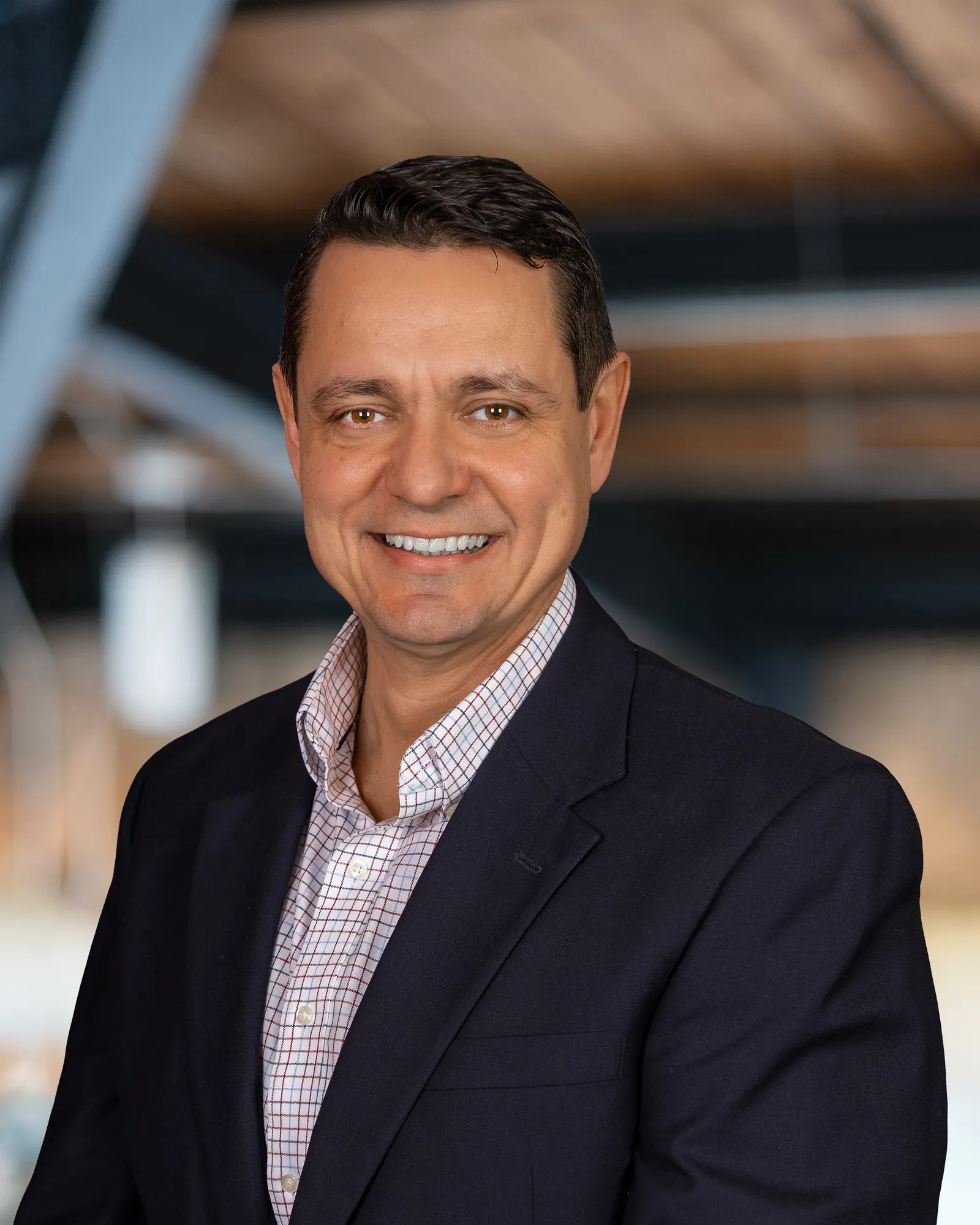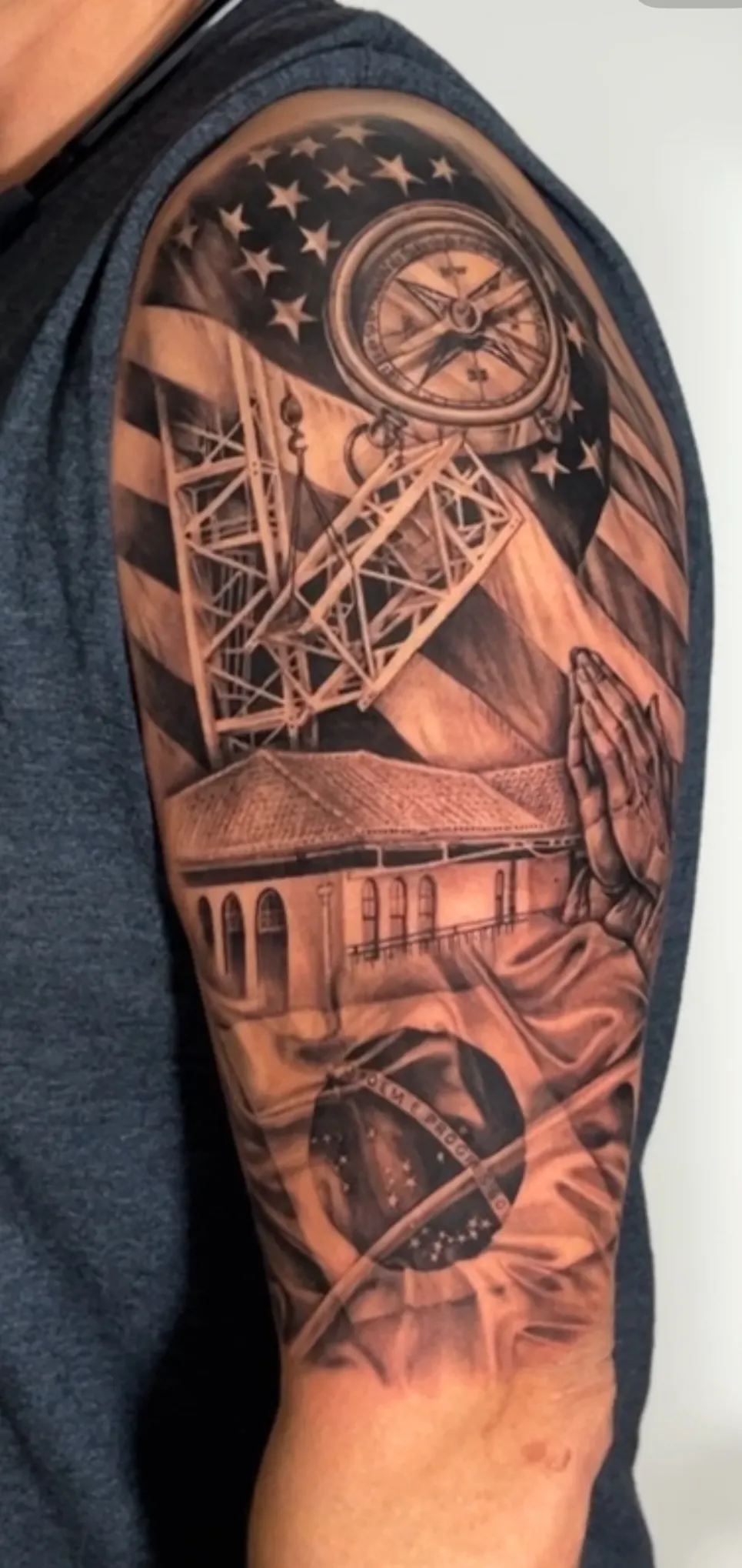
Survivor story: A safety expert shares his experience to help others
March 25, 2008, was forecasted to be a windy day in Miami.
As a result, Manny Souza, project safety manager on the jobsite of the 47-story Paramount Bay waterfront condominium complex, told crews to cancel a scheduled crane jump for that day, he said.
Souza then stepped into a single-family home near the base of the tower, which had once been a shooting location for the 1998 comedy “There’s Something About Mary” and was temporarily being used as an office for the jobsite.
While sitting in the office — Souza called it “Mary’s room” — for a meeting, the crews outside began the crane jump, Souza said.
“I heard a loud noise. And that’s kind of one of the last few things I remember,” Souza told Construction Dive.
Parts of the crane, which was supported by its monorail, became dislodged and fell approximately 50 feet, striking an outrigger. Then the crane was thrown an additional 350 feet and crashed through the roof of the house. The wreckage buried Souza and others in debris and rubble.
Two people in the room with Souza died. He and another employee were hospitalized with injuries, per OSHA’s report on the incident. Two others suffered non-hospitalized injuries.

Manny Souza
Permission granted by Manny Souza
Souza says he has no memory of the immediate aftermath from when the crane fell, but has been told he was yelling orders to coworkers and responders. What he didn’t realize until much later was that he had to be “brought back.”
“I had to be revived a few times,” Souza said. “I was only made aware of that after the fact by one of the responders that were there. He said, ‘We were losing you.’”
Today, Souza is a senior vice president of environmental health and safety at Greensboro, North Carolina-based Samet Corp.,which was not involved with the crane incident. He uses his near-death story to help improve jobsite safety, especially around cranes.
“With my eyes, I’ve seen the worst that can happen if something’s not managed correctly,” Souza said.
Incident background
Bovis Lend Lease was the construction manager and Souza’s employer on the Miami project. U.K.-based Bovis Construction was acquired by Australian-based Lendlease in 1999, which retired the Bovis brand in 2011. The name has been revived, however, now that Lendlease has sold its U.K. business to Greenwich, Connecticut-based private equity owner Atlas Holdings, which will rename the business Bovis Construction, per Construction Enquirer.
Lendlease has since pivoted away from international work to focus on its business in Australia.
“Safety is always our highest priority,” a Lendlease spokesperson said in a statement shared with Construction Dive. “At the time of the incident, we worked proactively with OSHA and relevant officials to investigate the incident, which ultimately led to the citation being withdrawn.”
Indeed, though OSHA’s investigation into the collapse resulted in an initial fine of $7,000 recommended for the contractor, the agency later deleted the citation, per OSHA’s establishment database.
Local news reports at the time listed Salem, Oregon-based Morrow Crane as the crane subcontractor on the project. OSHA’s establishment search shows no citation for Morrow Crane at the time of the collapse. The firm did not respond to Construction Dive’s requests for comment.
Souza said his injuries were unusual in that he didn’t sustain a single broken bone, but the pressure from the debris that had fallen on him caused significant damage to spinal ligaments and muscle mass in his back. He recalls being in and out of hospitals and being unable to return to work for six months. That is, until he couldn’t take it anymore.
“Then I was going insane at the house, and I kind of begged for them to take me back,” Souza said. He returned to work at Lendlease through 2020.
Sharing his story
Souza has become an advocate for improving jobsite safety, especially around cranes and hoists. He’s spoken to financial advisors and insurance groups to share the liability and risk involved with crane work. This year, he joined the Associated Builders and Contractors National Health and Safety Committee.
As Souza tells his harrowing tale, his voice is measured. When he shares the detail that he was in the house from “There’s Something About Mary,” he does so to bring levity to the narrative, despite the undeniable tragedy.
Souza doesn’t hide emotion, but he leads with facts, almost as though he’s presenting a report. That’s intentional.
“One thing I had to learn early on, if I didn’t control the emotional aspects of this, I would not be as effective as I am,” Souza told Construction Dive. “We can talk for hours here. You’re never going to understand the pain that I endure, the emotional challenges that we had. But that would not bring a lot of credibility if I brought just emotion to the table, right?”
What’s changed
Thankfully, much around crane safety has improved since 2008, Souza says. Later that year, OSHA proposed a new standard around crane and derrick safety, approving the final rule in 2010.

A tattoo on Manny Souza’s arm, which he says he got to remind him about the day of the crane collapse.
Permission granted by Manny Souza
The revision addressed advances in designs of cranes and related hazards, the qualifications of employees to operate them, the assessment of hazards within the jobsite and required training for workers to recognize hazards.
But Souza and other safety leaders will tell you that although OSHA sets the baseline expectations for a safe workplace, there’s much more to safety than compliance.
“Regulatory agencies play a vital role in establishing safety requirements, supporting implementation and ensuring accountability to standards across the industry,” Souza said.
“My focus, however, is on how we can all proactively enhance safety beyond minimum requirements — particularly for high-risk operations like crane work. Leaders in both public and private sectors have a responsibility to set rigorous expectations for planning, oversight and execution of high-risk construction activities.”
Souza said he’s impressed with the private-sector technology implemented to improve crane safety since 2008, which goes above and beyond OSHA rules. That includes cameras with live feeds to operators’ cabins to help avoid blind spots, GPS positioning for cranes to be aware of each other’s location and collision detection and prevention, like how some vehicles engage brakes automatically.
Beyond Safety Week
Construction Safety Week, held this week from May 5 to May 9, is an opportunity for firms to hold stand-downs, call attention to hazards on the jobsite and jumpstart new initiatives to improve workplace health. The hard part can be extending that focus for the other 51 weeks of the year.
When the crane eventually was dismantled on that jobsite, Souza says lawyers arrived with a court order to take pictures. He pushed back because the area below the crane was highly hazardous, despite the prospect of legal trouble.
“I can say this with a lot of confidence: most professionals would never challenge a court order because of the magnitude of the possible outcome,” Souza said. Eventually, he says, experts used high-powered lenses to take photographs from a greater, and safer, distance.
But that anecdote aligns with an important aspect of Souza’s outlook and story. When it comes to safety, everyone has a different perspective on risk, and sometimes they make dangerous decisions.
That’s part of why he says he has to reduce the emotion in his advocacy for increasing safety, and focus on helping people see beyond their own risk analysis, regardless of experience.
“You hear this phrase all the time in our industry, ‘I’ve been doing this for 30 years.’ And I’m going to be honest, I don’t care what it is. From sports to performance to anything, if you’ve been doing it the same way you did 30 years ago, you’re missing an incredible opportunity to be more effective and to be a higher performer,” Souza said.
Post a Comment
You must be logged in to post a comment.





